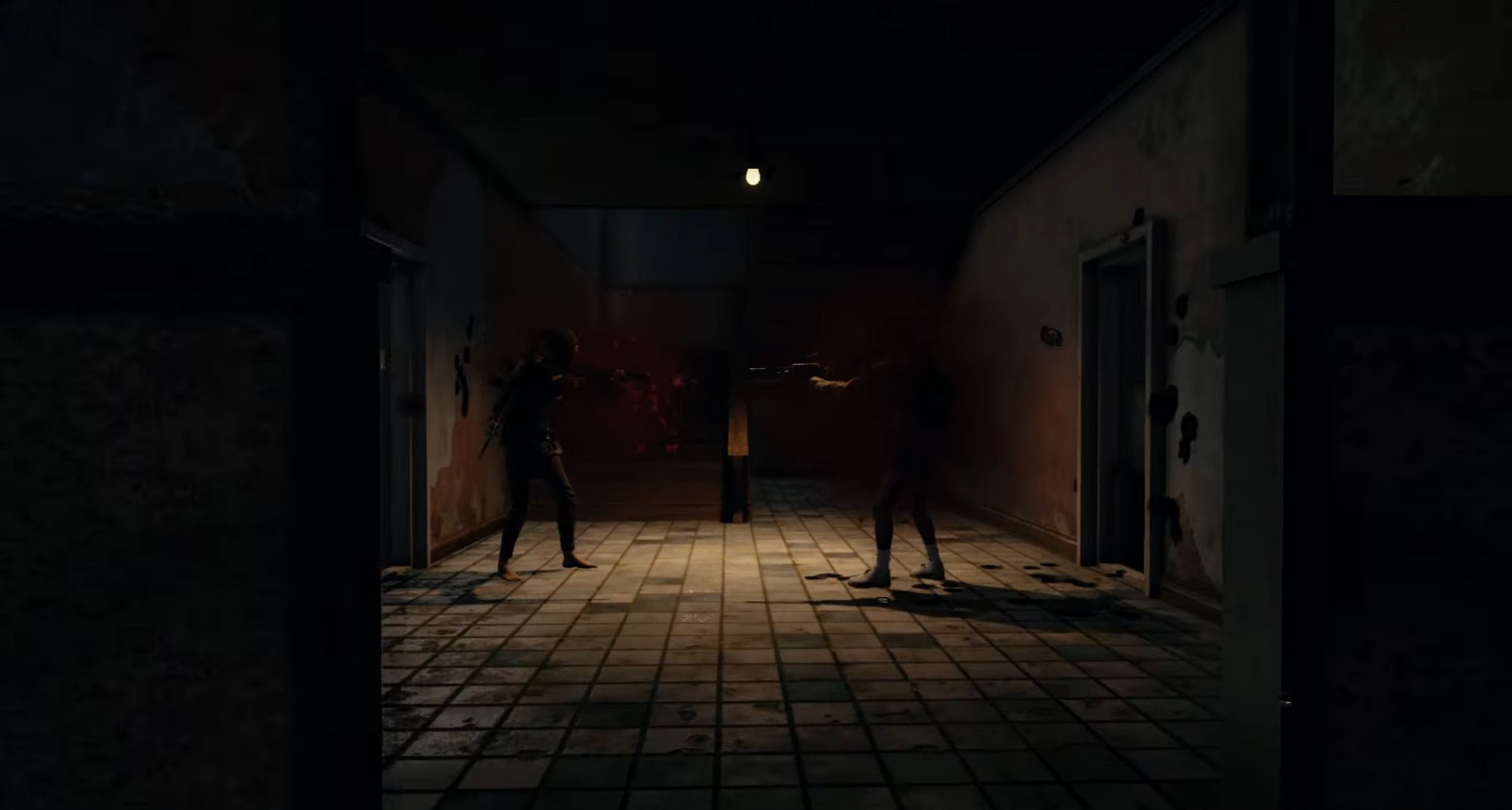
This is the second drawback of double buffering (other than the input lag). Then, the second frame is finally displayed (4), and the whole process repeats.Īs you can see, one frame is displayed every two cycles, and the rendering is effectively slowed down by 2x, dropping the resultant FPS to 30 (locking it). So it waits for the monitor to refresh and then swaps the frame (3). As a result, the same frame is displayed again.Īfter that, the GPU completes drawing the frame in the frame buffer, but the front buffer already contains a frame (2) and it can’t swap it till the monitor refreshes. Now, every time the monitor refreshes, only 66% of the next frame will have been rendered (1). Consider you’re getting only 45 FPS instead of 60. This becomes a major problem if your frame rate drops below the refresh rate (here 60). When the frame rate is higher than the refresh rate, this works perfectly (although there is an input lag at times). Synchronizing buffer swaps with the Vertical refresh is called V-sync. The most common approach to combat tearing is to wait to swap buffers until the monitor is done displaying the present frame and ready to receive the next. When this happens, half of the screen consists of pixels from the earlier frame while the rest of them are composed of the newer frame This is what essentially causes tearing. With this kind of double buffering, the “swap” (renaming) can happen anytime, even when the front buffer is sending data to the monitor panel. The monitor then “refreshes” and displays this frame. Then the former back-buffer becomes the front-buffer and vise versa. As in, they are renamed, nothing is copied as such. The latter is on the monitor while the former resides on the GPU.Īs soon as the monitor is done with a frame, then the back buffer and the front buffer are swapped. It is a technology used to reduce screen tearing by leveraging two buffers instead of one, namely a back buffer and a front buffer. Double Bufferingīefore we move onto V-Sync, you should know what Double Buffering is. This continues as long as the frame rate is stuck at 100 FPS.

As a result, you see a third of frame x while the remaining is frame x+1. Since the monitor can’t display all 100 frames, it ends up displaying 33% of every x frame and 66% of the following x+1 frame simultaneously. That is 66% faster than what the monitor can display.
PUBG DSYNC AND LAG REDDIT UPDATE
What does this basically entail? This means that your monitor can update itself (and render the next frame) 60 times per second but your GPU is sending it 100 frames per sec. Why does Screen tearing Take Place?Ĭonsider your monitor has a refresh rate of 60 Hz and you’re playing a game at 100 FPS. This is where V-sync comes into the picture. With just a single framebuffer, this means that you will encounter screen tearing, stuttering, or both. If you dip below 60 FPS, you’ll have to deal with stuttering, as there will be a momentary pause while the GPU draws a new frame in.

It arises when the next consecutive frame is displayed before the monitor gets a chance to refresh, essentially displaying parts of two frames simultaneously. This looks like a horizontal line that moves across the display. In a non-buffered situation, you’ll encounter what UI UX designers call “screen tear, find out more.” This means that your GPU will almost always send more–or less–than 60 frames per second to the framebuffer. Workloads in games are almost never constant. This means that they refresh the image on-screen 60 times per second. Most monitors on the market are 60 Hz panels. When Vertical Sync is turned off, your GPU renders to the framebuffer as fast as it can, while your monitor draws them onscreen as fast as it can. The framebuffer is a portion of VRAM that stores the information for the final image to be shown on the display.

Whenever your GPU draws a frame, it renders it in what’s called a framebuffer.
PUBG DSYNC AND LAG REDDIT PC
A well-fed high-end GPU can easily spit out hundreds of frames per second at 1080p, in mainstream PC titles. Your GPU renders frames as fast as it can, barring any bottlenecks. Most people know that v-sync locks the in-game frame rate to your monitor’s refresh rate, but how exactly does it work? And more importantly, should you turn it on or keep it off in fast-paced shooters like Fortnite and PUBG? Let’s take a look: What does V-Sync do? Almost every PC game released over the past decade has it. One of the most basic graphics options of modern games is the V-Sync toggle.


 0 kommentar(er)
0 kommentar(er)
